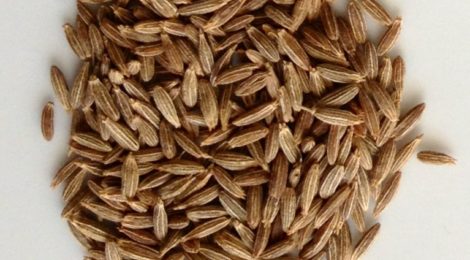
SPICE SPOTLIGHT: CUMIN
What is cumin?
Cumin is the dried seed of the cumin plant, Cuminum cyminum, and is a member of the parsley family. Native to the Middle East, cumin is an ancient spice that has long been prevalent in many cuisines around the world. According to “The Spice Bible” cumin was a symbol of greed in Ancient Rome and in Medieval England some people were superstitious about cumin – it was believed to keep chickens and lovers from straying! Today, cumin is largely produced in a wide range of countries including India, Iran, Uzbekistan, Tajikistan, Turkey, Morocco, Egypt, Syria, Mexico, Chile, and China. Cumin is common in many cuisines around the world including Indian (most meat and vegetable curries), Mexican (meat and bean burritos), Middle Eastern (kebabs) and Tex-Mex (chili and spice rubs for BBQ).

Today you can find basic Indian spices in most stores, from big supermarkets to specialty grocers. Leading brands like McCormick offer cumin seeds, ground cumin, organic ground cumin, and roasted ground cumin.
What does cumin look like?
Cumin seeds have a long, thin shape and are light brown color; they look similar to caraway seeds and fennel seeds, as shown above. Cumin comes in both whole seed and powder form, both of which are used commonly in Indian cooking.
What does cumin taste like?
Cumin is warm and earthy in taste. While cumin seeds have a slightly bitter taste when eaten raw, when they are cooked — often when starting to make a curry, as they sizzle in oil along with red chilli flakes, onion, ginger, and garlic — cumin seeds lend a robustness to the base of the curry. When the seeds are dry roasted and ground into cumin powder, the result is a milder, nutty flavor. Cumin can add a rich yet subtle flavor to any dish, striking a balance between pungent and innocuous. This makes it easy to cook with; if you accidentally add a little too much cumin when cooking, it won’t distort the overall flavor of the dish too much. If you’re interested in how different spices flavor an Indian dish, read more on the 6 Key Elements of Taste in Indian Cuisine.
What are the nutritional benefits of cumin?
Cumin has many beneficial health properties, which are often either unknown or overlooked. Cumin seeds have antiseptic properties which aid in curing common colds. Since cumin is considered a “hot spice” (not in heat level, don’t worry!) it dries up mucous, inhibiting a cough from forming and preventing mucous from collecting in the respiratory system. Cumin is also effective in aiding digestion and preventing indigestion through two compounds: cuminaldehyde (facilitates digestion) and thymol (improves digestion). Cumin also appears to stimulate the liver which aids in the breakdown of fats and the absorption of nutrients, leading to a healthier digestion. For thousands of years, Indian households have been drinking “jeera-pani”, a hot concoction of cumin seeds and water, to ward off the common cold and keep the digestive system on track.
How can I use cumin in cooking?
You might already have ground cumin powder in your cupboard for those days when you make chili or spice rubs, but cumin can be used much more broadly, especially in a variety of curry dishes. Cumin powder and cumin seeds are two of the key ground and whole spices you need for basic Indian cooking. While cumin seeds are often put directly into a pot when starting to make a curry, ground cumin powder (cumin seeds that are dry roasted and ground) is often added to the pot a little later along with other ground spices like turmeric and coriander. In many cases, if cumin seeds are added to the pot at the beginning of a curry, we don’t usually add cumin powder later.

Adding ground cumin powder to Daddy’s Chicken Curry
Which Big Apple Curry recipes feature cumin?
Cumin can be used in cooking the following easy, authentic Indian dishes:
Chick Peas Curry (Channa Masala)
Kidney Beans Curry (Rajma)
Daddy’s Chicken Curry
The 5-10-5 Rule
To make a variety of authentic Indian dishes at home, you need a few key things in your pantry and fridge. In the course of teaching my husband Sean the basics of Indian cooking, I created The 5-10-5 Rule – a useful cheat sheet on the main aromatics, ground spices, whole spices, and herbs you need in your kitchen.

If you have 5 basic whole spices in your cupboard you can make a variety of Indian dishes at home. Cumin seeds are at the bottom right, in addition to green cardamom, whole cloves, black mustard seeds, and cinnamon stick.
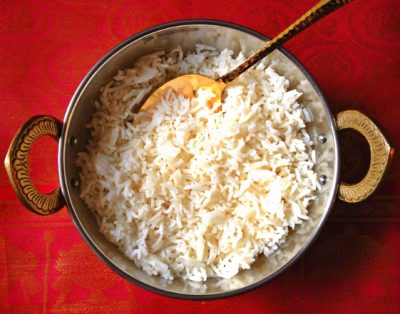

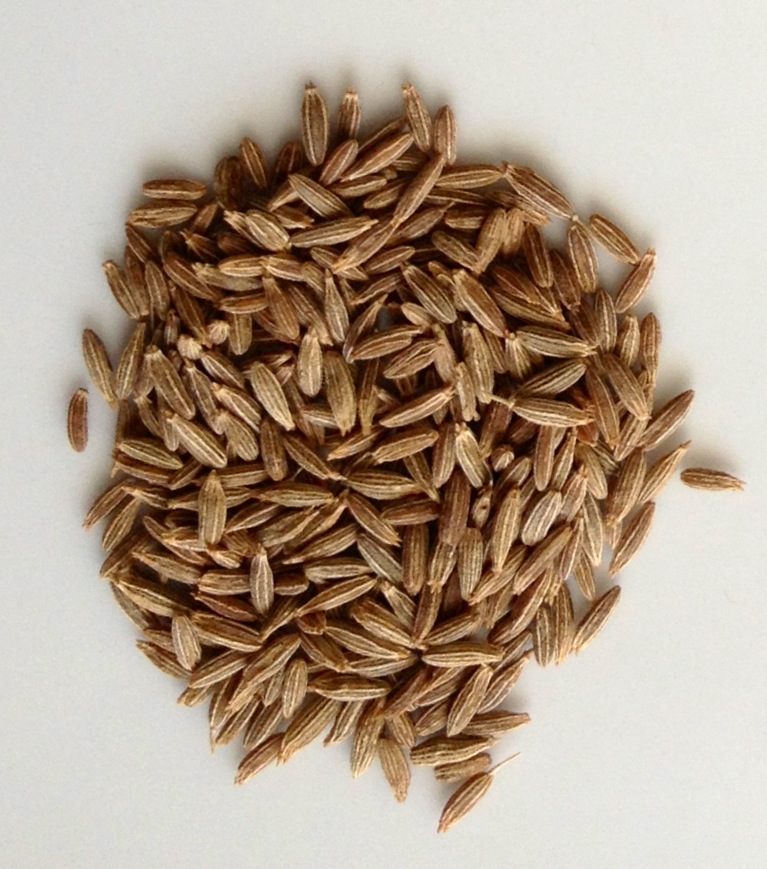
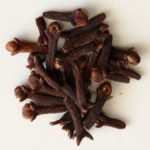
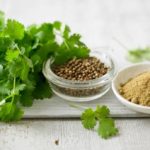
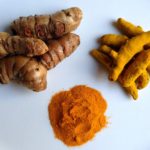
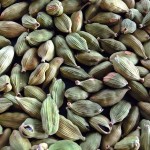
Great posting! Lots of interesting info. Love it.
Thanks Susan! When it comes to demystifying Indian cooking and spices, we want to take it one step further by really explaining the main reasons for key spices and herbs, and what they bring to an Indian dish. We will be posting many more of these ‘spice spotlights’ and hope they will prove useful to you! Let us know if you want us to post anything in particular!